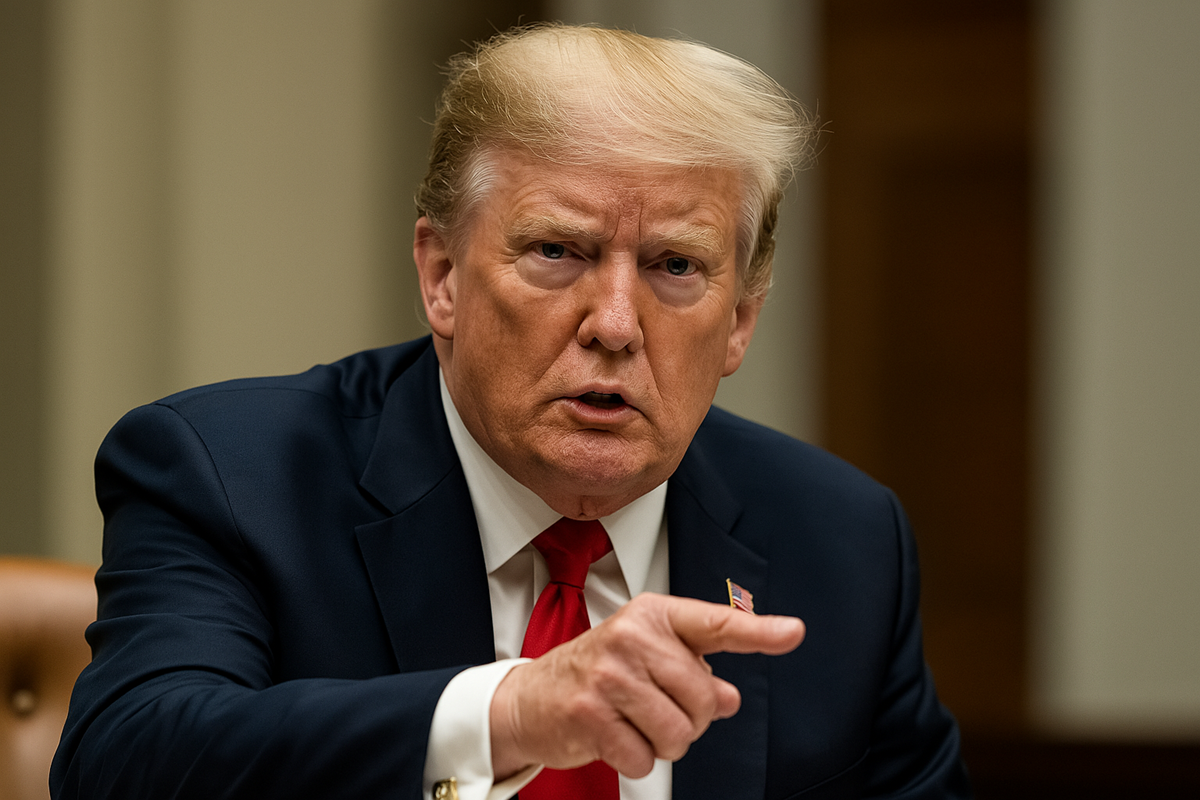
U.S. Pauses Most Trade Tariffs—Except on China
As President Trump halts reciprocal tariffs for 90 days to open trade talks with more than 75 countries, his administration has simultaneously escalated duties on

As President Trump halts reciprocal tariffs for 90 days to open trade talks with more than 75 countries, his administration has simultaneously escalated duties on
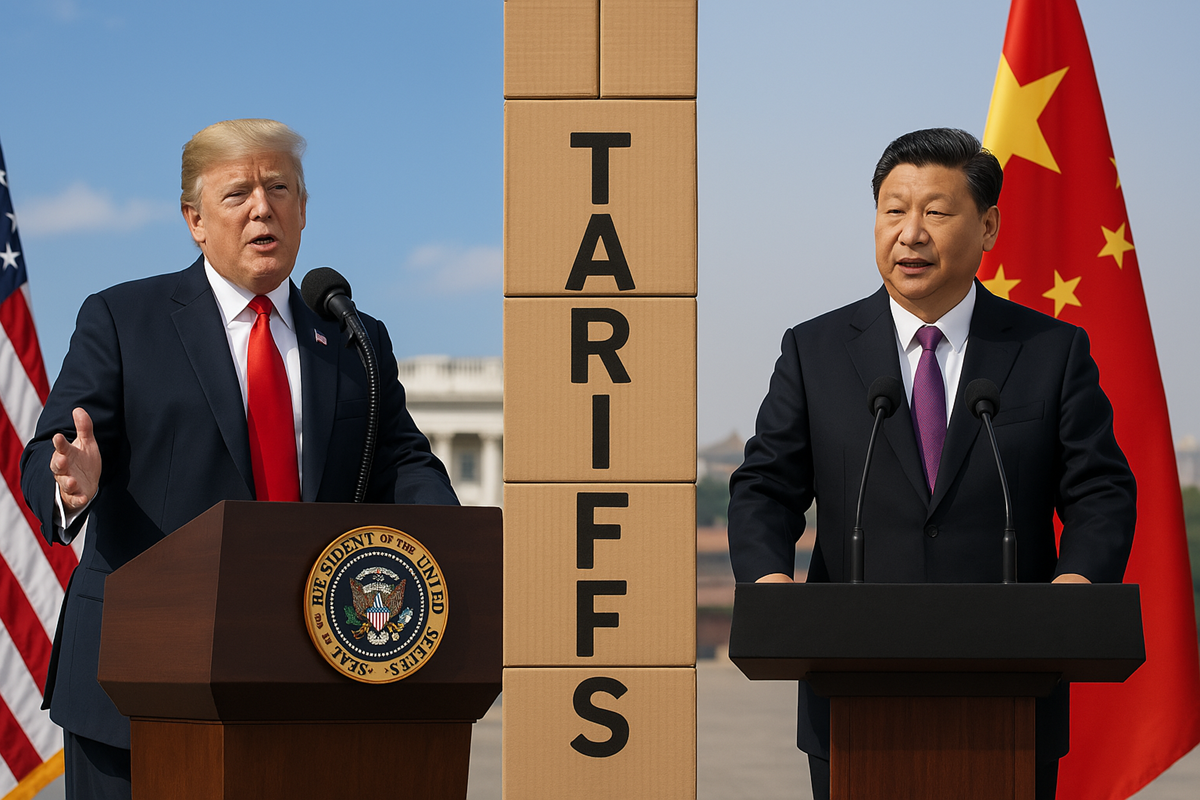
The U.S. has imposed a 104% tariff on all Chinese imports, escalating a global trade conflict and sending shockwaves through supply chains. With retaliatory moves,
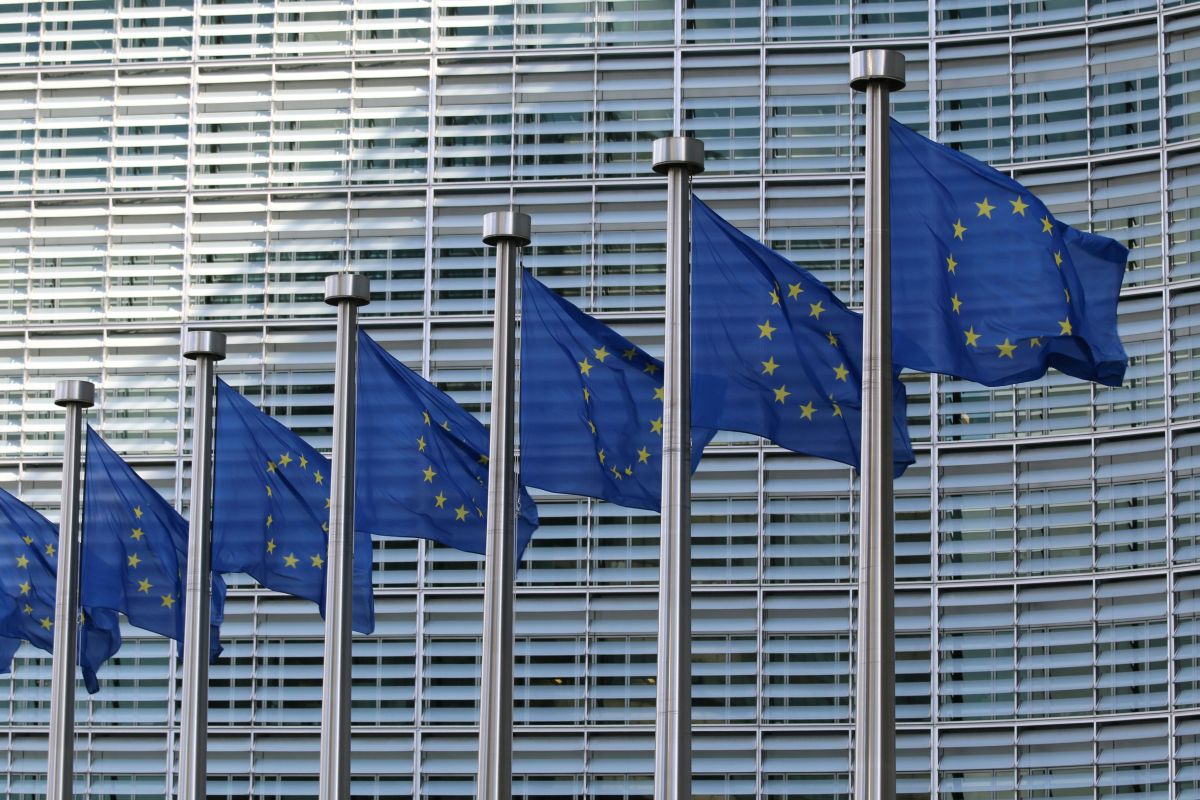
The European Union Is Set to Vote on Countermeasures Against U.S. Tariffs, with Potential Levies Targeting Key American Exports The European Union is preparing to
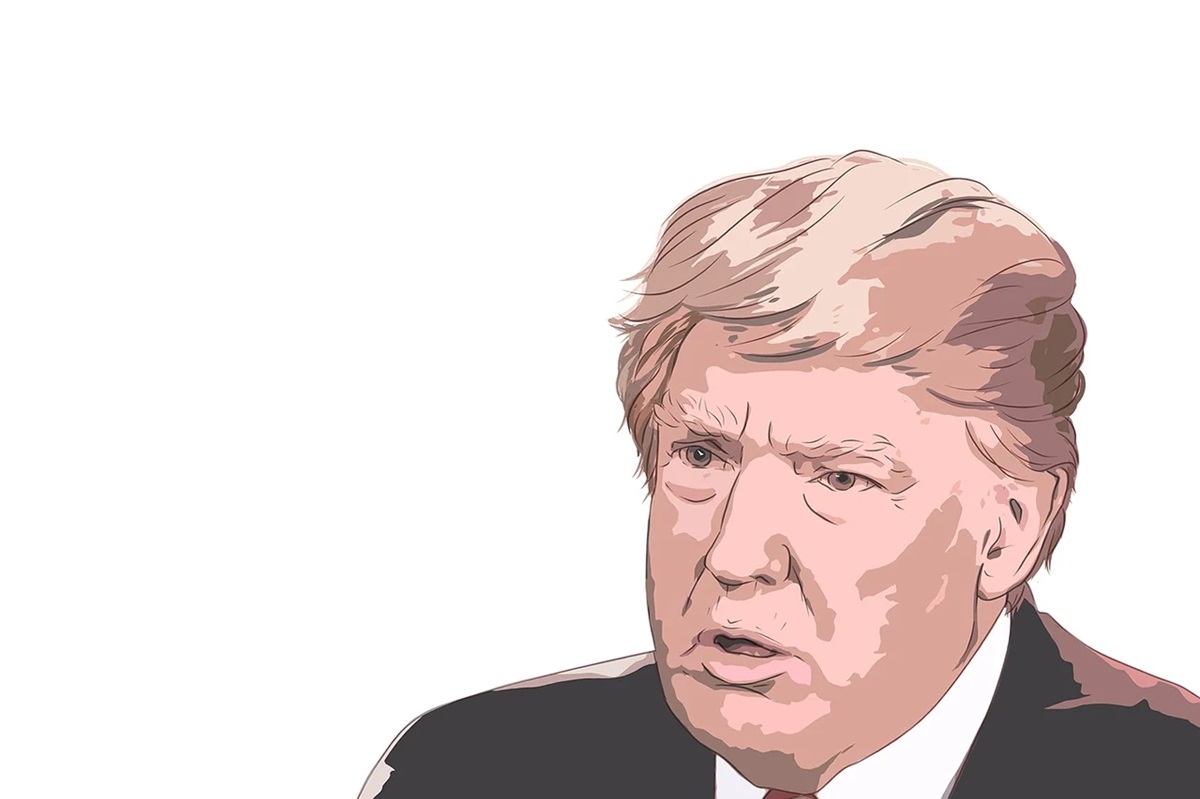
As the administration tests the limits of executive authority on trade, businesses face a tariff regime marked by legal uncertainty and commercial disruption. A Legal

Political shifts may sideline green policy, but sustainability still delivers operational gains—and supply chain leaders would be wise to keep their foot on the pedal.

New tariffs ranging from 10% to 46% will take effect in April, targeting key apparel-producing nations and raising the stakes for globally integrated manufacturers. Apparel
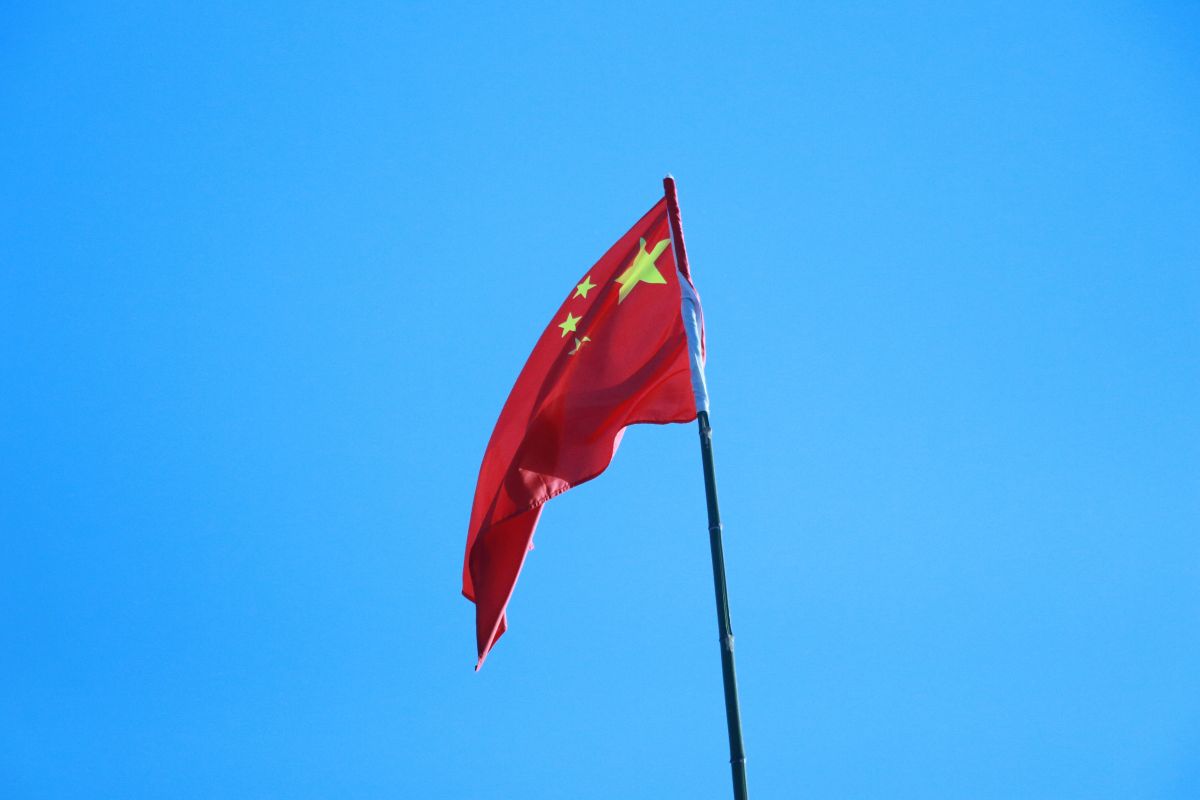
Starting April 10, China will apply steep new tariffs on U.S. imports in direct retaliation to Washington’s reciprocal trade measures, targeting key industrial sectors. Tit-for-Tat
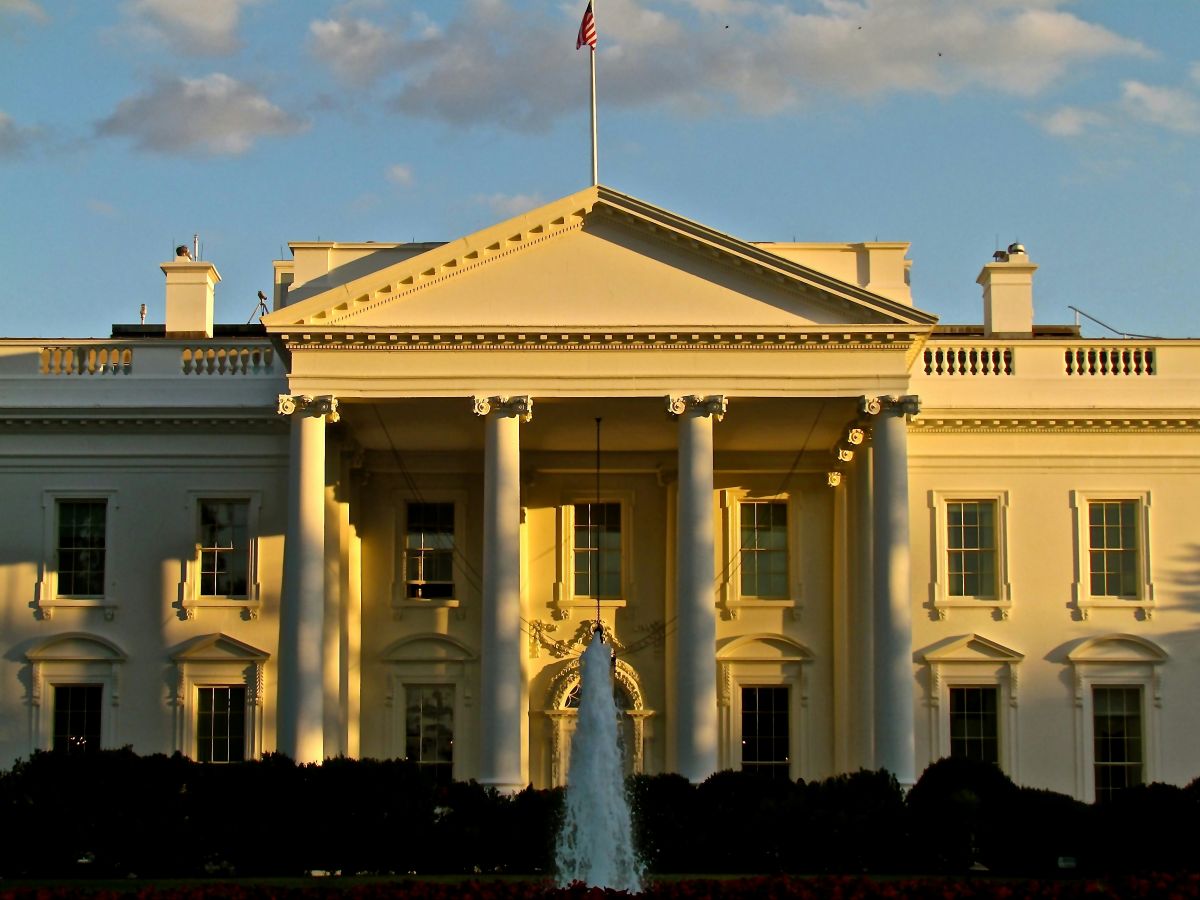
Despite claims of reciprocity, the U.S. administration’s new tariff methodology appears rooted in trade deficit figures, raising concerns about transparency and potential supply chain disruptions.

Despite sweeping tariff actions targeting dozens of countries, Russia is notably absent—raising questions about trade policy consistency, sanction overlap, and geopolitical positioning. A Notable Omission
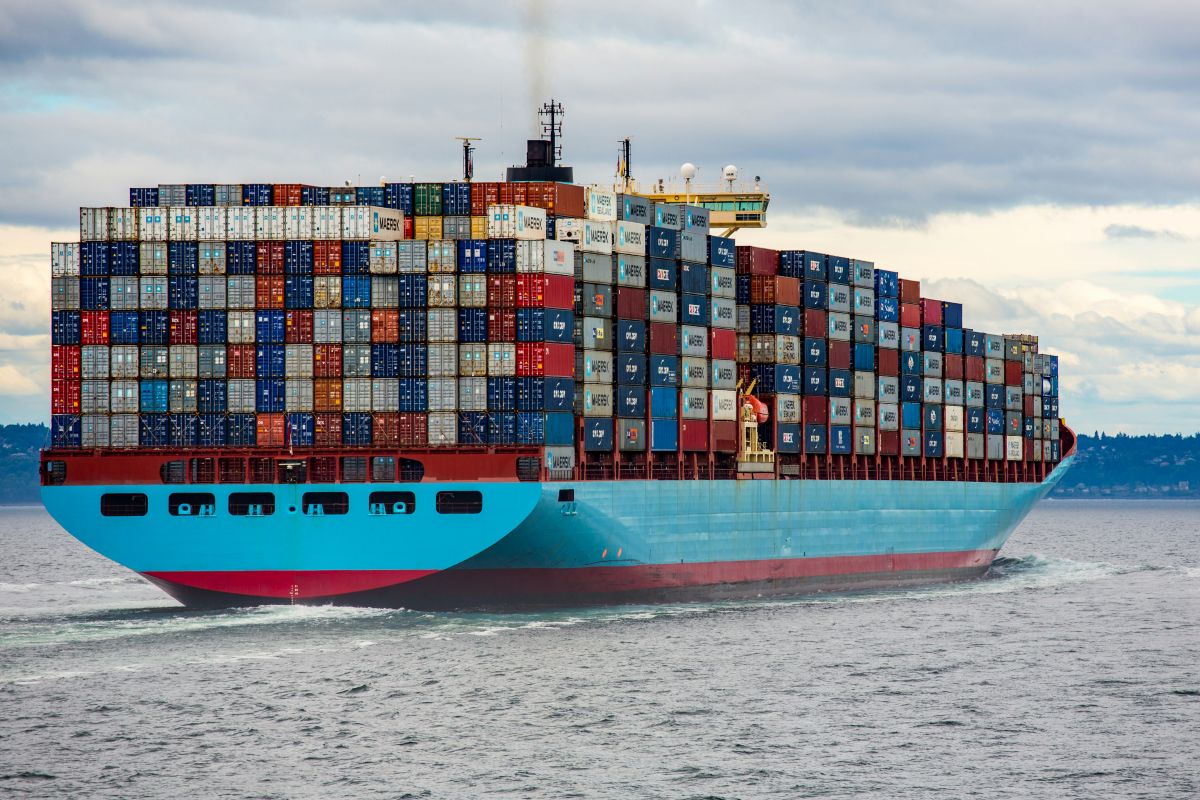
From May 2, the U.S. will revoke the de minimis duty exemption for most imports from China and Hong Kong, signaling broader tariff enforcement and

As President Trump halts reciprocal tariffs for 90 days to open trade talks with more than 75 countries, his administration has simultaneously escalated duties on

The U.S. has imposed a 104% tariff on all Chinese imports, escalating a global trade conflict and sending shockwaves through supply chains. With retaliatory moves,

The European Union Is Set to Vote on Countermeasures Against U.S. Tariffs, with Potential Levies Targeting Key American Exports The European Union is preparing to

As the administration tests the limits of executive authority on trade, businesses face a tariff regime marked by legal uncertainty and commercial disruption. A Legal

Political shifts may sideline green policy, but sustainability still delivers operational gains—and supply chain leaders would be wise to keep their foot on the pedal.

New tariffs ranging from 10% to 46% will take effect in April, targeting key apparel-producing nations and raising the stakes for globally integrated manufacturers. Apparel

Starting April 10, China will apply steep new tariffs on U.S. imports in direct retaliation to Washington’s reciprocal trade measures, targeting key industrial sectors. Tit-for-Tat

Despite claims of reciprocity, the U.S. administration’s new tariff methodology appears rooted in trade deficit figures, raising concerns about transparency and potential supply chain disruptions.

Despite sweeping tariff actions targeting dozens of countries, Russia is notably absent—raising questions about trade policy consistency, sanction overlap, and geopolitical positioning. A Notable Omission

From May 2, the U.S. will revoke the de minimis duty exemption for most imports from China and Hong Kong, signaling broader tariff enforcement and





©Your trusted source for cutting-edge insights, best practice frameworks, and the latest news tailored exclusively for Supply Chain leaders.
Part of 360 Intelligence Ltd